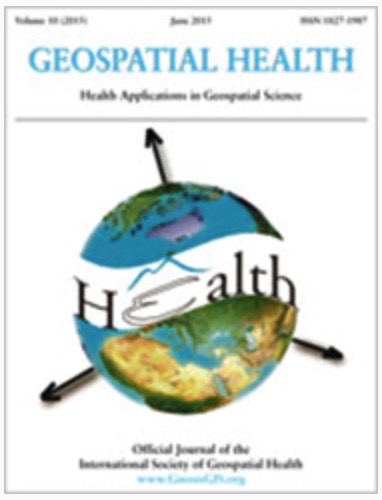Original Articles
Vol. 14 No. 2 (2019)
Searching for space-time clusters: The CutL method compared to Kulldorff's scan statistic

Publisher's note
All claims expressed in this article are solely those of the authors and do not necessarily represent those of their affiliated organizations, or those of the publisher, the editors and the reviewers. Any product that may be evaluated in this article or claim that may be made by its manufacturer is not guaranteed or endorsed by the publisher.
All claims expressed in this article are solely those of the authors and do not necessarily represent those of their affiliated organizations, or those of the publisher, the editors and the reviewers. Any product that may be evaluated in this article or claim that may be made by its manufacturer is not guaranteed or endorsed by the publisher.
Received: 6 June 2019
Accepted: 10 October 2019
Accepted: 10 October 2019
1438
Views
728
Downloads
152
HTML








